Introduction to Sedum and Succulents
Imagine a plant that’s not only a feast for the eyes with its diverse array of forms and colors but also impressively resilient – a real survivor in the face of drought and neglect. This isn’t a fantasy, it’s the world of sedum plants and their succulent cousins. Sedum, sometimes fondly referred to as “stonecrop,” is a genus that falls under the succulent category. These plants are champions of water retention, hoarding moisture in their fleshy leaves like a camel stores water in its hump. There’s a sedum out there for everyone, from the tiny clusters of Sedum rubrotinctum, the jelly bean plant, to towering Sedum spectabile, which erects its proud floral displays for all to see.
Succulents in general are the botanical equivalent of the camel, with their water-storing prowess ensuring survival where thirstier plants wilt and wither. These are the plants that make the cut in the most arid environments. An introduction to the diverse world of succulents can be incredibly captivating, as they transform the most barren of spaces into lush, green sanctuaries. Picture the Aloe with its soothing gel, the compact rosettes of Echeveria, or the formidable spikes of an Agave, and you’ve barely scratched the surface of succulent diversity.
Their common characteristics? A remarkable ability to hoard water, an assortment of shapes that would make any artist envious, and an adaptability that every plant enthusiast appreciates. Whether it’s a sun-scorched rockery or a neglected corner of the office, succulents bring life and vibrancy to spaces where other plants might balk at the conditions.
Watching a sedum flourish on a shallow tray of soil or a succulent spread its waxy foliage inside a terrarium demonstrates their inherent longevity and versatility. These plants are not just about survival; they’re about making a statement in the plant kingdom, with minimal fuss and maximum effect. So, let’s take our hats off to these wonders of the natural world that ask for so little yet give so much back to our homes and gardens.
Understanding Sedum: A Specialized Succulent
Let’s dive into the nitty-gritty of sedum plants and uncover what really sets them apart in the succulent family. Imagine these little botanical treasures as the compact SUVs of the plant world – sedums bring together versatility, resilience, and oodles of charm, all packed into a sturdy, low-maintenance package. So what exactly are these specialized succulents we call sedum, and why do they deserve a spot in your garden arsenal?
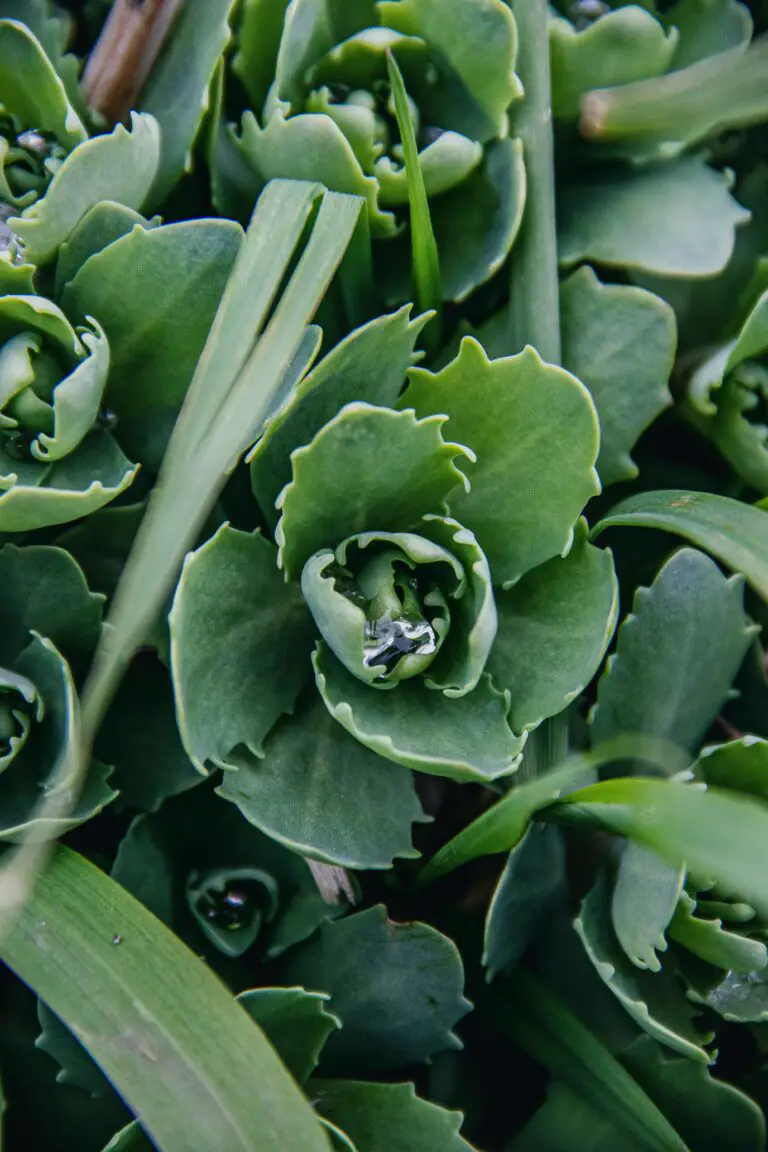
First off, sedums, also fondly known as stonecrops, are a win for gardeners looking for endurance and aesthetic appeal. These plants come in an exhilarating variety, from ground-huggers to proud, upright standouts. Their special sauce? A glorious capacity to store water in those plump leaves and stems, gifting them the tenacity to withstand droughts and heatwaves with a shrug.
To appreciate the charm of sedum, consider their fleshy leaves that come in a kaleidoscope of colors, including green, red, purple, and even blue. Some sedums bless us with star-shaped flowers that seem to sing with joy as they attract bees and butterflies. These tough beauties are not just about looks though; they’re about as low-maintenance as it gets. With a little care guide, these plants will be less “Little Shop of Horrors” and more “Wall-E” – quietly efficient and eternally giving.
The real clincher with sedum plants is their versatility. Swap out your finicky garden annuals with these steadfast perennials, and watch them weave magic year after year, lending oomph to your outdoor space. Sedums are fantastic for that modern, eclectic garden design, where green meets minimalism and sustainability takes the front seat.
Sedums are indeed a specialized group within the broad range of succulents. They not only bring resilient beauty to your garden but also embody the full spirit of low-maintenance horticulture. Whether you’re crafting a rooftop Eden or a balcony paradise, sedums stand ready to infuse life and vitality with minimal fuss.
Exploring the Diversity of Succulents
Welcome to the wonderfully wide world of succulents, a realm where the sheer variety of these resilient plants can both dazzle and daunt even the most experienced of green thumbs! When we talk about succulents, we’re not just whispering about a single species but rather a chorus of botanical marvels, each with its unique charm and character. From the spiky allure of the classic cactus to the fleshy leaves of echeveria varieties and the soothing gel of aloe, there’s a succulent for every corner of your life.
Take a stroll down the garden path and you’ll meet a myriad of succulents, each with unique care needs that cater to a diversity of environments. Imagine the hot, sandy stretches that cacti call home, contrasting with the mist-kissed cliffs where the sedum perches. These hardy plants have adapted to thrive in conditions that would have other greenery waving the white flag of surrender. Cultivating these beauties isn’t just about adding a touch of nature’s splendor to your space—it’s about embracing a live-and-let-live philosophy that resonates with the minimalist and eco-conscious enthusiast alike.
Care for succulents goes beyond just sporadic watering and occasional admiration. It’s about understanding the subtle language of leaves and the silent discourse of soil moisture. While some succulents bask in the full blaze of the sun, others prefer a life lived in dappled light. One’s a water-guzzler, storing every drop like treasure, while another might shun frequent drinks like a grumpy camel. It’s this fascinating range of needs that makes succulent care a gratifying challenge—a test of attention and patience.
Let’s not just tell you; let us show you! Dive into this , where you’ll catch a glimpse of the dazzling diversity among these fleshy green gems, and find inspiration on how to choose the best succulent for your personal space.
Every variety of succulent holds a story—a tale of survival, adaptability, and radiant simplicity. In understanding the sprawling family that succulents represent, we come to appreciate not only their aesthetic appeal but also the incredible resilience these plants exhibit. It’s a living lesson that, like succulents, we too can adapt and flourish, regardless of the environmental challenges we face. So as we explore the lush landscape of succulent diversity, remember that each leaf, each spine, each root is a reminder of nature’s wisdom and its capacity to endure.
Are Sedum and Succulents Interchangeable? Unearthing The Truth
Sedum Varieties and Their Unique Qualities
Delve into a world teeming with versatility and discover the myriad of sedum species that punctuate gardens with their robust presence. These hardy pioneers, often found tenaciously gripping onto rocky outcrops or sprawling across arid landscapes, embody resilience and a kaleidoscope of forms.
Let’s spotlight some of the most illustrious sedum stars. For starters, the Sedum acre – fondly referred to as Goldmoss – presents itself like a verdant tapestry laid upon the earth, peppered with sunny yellow flowers when summer arrives. It’s a trooper; stepping stones and green roofs are its forte.
Switching gears, Sedum spectabile, or the Showy Stonecrop, is an upright spectacle, boasting dense clusters of starry pink blooms. Come autumn, these beauties stand like floral beacons for pollinators, a vital pitstop in their foraging itinerary.
Our journey wouldn’t be complete without mentioning the Sedum reflexum, the Blue Spruce Stonecrop. Its needle-like foliage, dusted in a silvery blue hue, resembles the branches of a blue spruce tree – a coniferous echo in miniature form. This sedum thrives under the full gaze of the sun, relishing poor soil where others might falter.
Have you ever visited an ancient structure only to be awestruck by the tenacity of plants nestled in its walls? Sedum is often the silent protagonist in these scenarios. The likes of Sedum spathulifolium, with its powdery rosettes, find solace in crevices, imparting an unexpected burst of life amidst stone and brick.
Moving on to Sedum telephium, lauded as the Hylotelephium, it’s a conundrum wrapped in fleshy foliage. Sturdy and upright, this sedum dons a crown of deep pink to red flowers, attracting butterflies and bees alike, transforming the garden into a symphony of fluttering wings and low buzzing.
Every sedum has its narrative, etched into its genetic tapestry, whispered on the winds that traverse their native haunts. Understanding their care is like unlocking a hidden dialogue between gardener and plant, where both thrive.
What truly sets these sedum species apart is their adaptability. While indeed kissed by the succulent lineage, they dance to a different rhythm. They’re not just survivors; they’re conquerors—each species wielding its unique arsenal to thrive within its niche. From the rocky cliffs of Crete, where Sedum dasyphyllum crowns the heights with blue-green jewels, to the bustling cities where Sedum kamtschaticum softens the urban sprawl with its golden blooms.
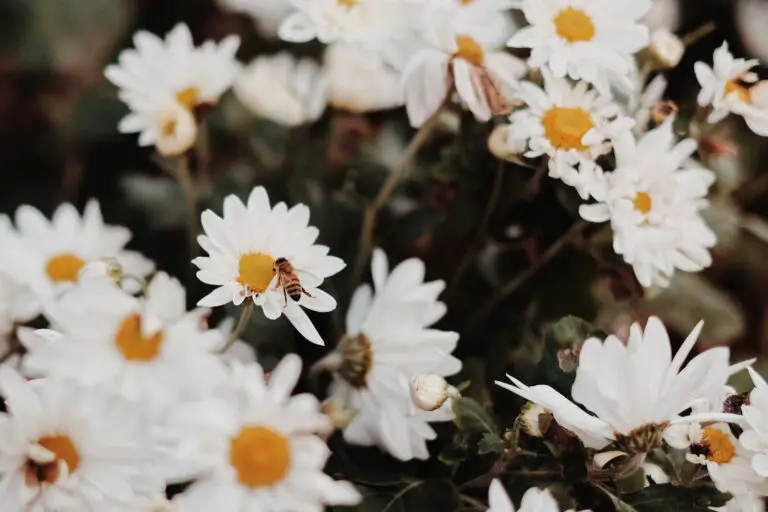
These are not merely plants; they are vibrant declarations of life’s tenacity. They remind us that diversity is beauty and strength. So next time you admire a sedum’s determined sprawl or its stoic posture, remember: though cousins to the vast succulent family, sedums are a world unto themselves, and we’re just lucky enough to witness their spectacle.
The Key Differences: Sedum vs. Other Succulents
When tending to your garden or browsing through the local nursery, you may have stumbled upon the term ‘succulent’ and caught sight of the diverse array of fleshy, water-preserving plants. Within this family lie the sedum species, standing out in their unique glory. But what sets sedum apart from other succulents? Let’s dive into the nitty-gritty of their distinctive traits.
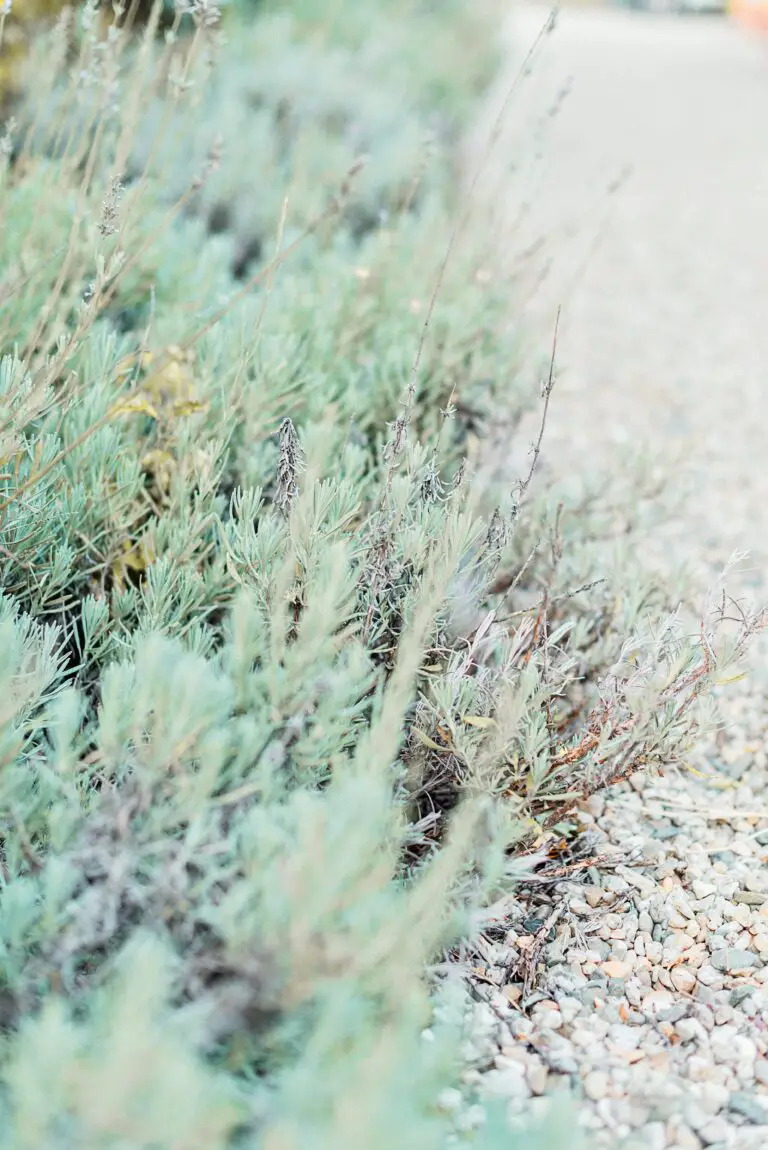
Water Storage Wonders: All succulents, including sedum, are maestros at holding water in arid climates. However, sedum’s proficiency lies in its stout, robust stems that also store water, unlike some succulents that exclusively utilize their leaves. This remarkable adaptation ensures they thrive even when the skies are stingy with rain.
Leaves Tell the Tale: Sedum’s foliage often presents a giveaway to its identity; the leaves are typically plump, with a waxy or powdery coating that glistens in sunlight. This is nature’s sunscreen, guarding the plant against sunburn. Unlike other succulents that might exhibit narrow or needle-like leaves, sedum’s leaves are more rounded, offering a visual and tactile contrast.
Flourishing Flowers: Bridging the gap between beauty and resilience, sedum blooms with star-shaped flowers that can be a magnet for pollinators. While other succulents might bloom once in a blue moon or prefer to keep it low-key, sedum proudly showcases its floral prowess, adding a sprinkle of color to your garden patch.
Growth Habits Unearthed: Beholding their growth patterns, sedum plants often sprawl outwards, creating a lush groundcover that hugs the earth, contrasting sharply with the vertical aspirations of some tower-like succulents. Whether spilling over rockeries or softening the edges of pathways, sedum’s growth habit is versatile and visually appealing.
So the next time you gaze upon these resilient plants, take a moment to appreciate the unspoken differences. From the water-wise stems of sedum to the sun-shading leaves that differentiate them from their succulent cousins, these garden gems are a testament to the diversity of nature’s designs.
Caring for Sedum Plants in Your Succulent Garden
When diving into the world of sedums and succulents, it’s easy to marvel at the variety and resilience of these botanical wonders. Sedums, in particular, are not just another pretty face in the succulent world—they boast ease of care that makes them a top choice for both novice and seasoned gardening aficionados. If you’re keen to add a splash of variety to your succulent sanctuary, sit tight as we guide you through the essentials for flourishing sedum plants.
Planting Sedum: Choosing the Right Spot
The first step to a thriving sedum is to plant it in the right place. These aren’t fussy plants by nature, but they do love basking in the sunlight! A spot that receives ample sunshine will keep your sedum smiling. However, some variety in light—like a bout of afternoon shade—won’t hurt, especially in hotter climates. If you’ve ever wandered through a rock garden and spotted sedums effortlessly cascading amongst the stones, that’s no coincidence. Well-draining soil replicating their natural habitat will help prevent root rot and promote robust growth.
Watering Wisdom: The Succulent Sip, Not Soak
Here’s the deal: sedums are drought-tolerant. But that doesn’t mean they’re invincible! The “soak and dry” method is your green thumb guide—water generously, then give the soil time to dry out completely before the next watering. This mimics the natural dry spells these plants endure in the wild. The trick is to avoid pampering them with daily water doses; think of it as tough love. Your sedum will repay you with a succulent display of vigor.
Soil Secrets: The Foundation of a Hardy Plant
When it comes to soil, sedums are not high-maintenance, but they do require good drainage. A pro tip for the perfect mix? Blend standard potting soil with sand or gravel to invite that airy, well-draining environment. This allows their roots to breathe and prevents moisture from getting too cozy. Remember, succulent roots despise being waterlogged, as it spells trouble with a capital T for these plants.
Soak Up the Sun: Light Requirements
Sunlight is the best friend of a sedum plant. They’re solar-powered, flourishing in full to partial sun exposure. Short winter days? No problem! Sedums can brave it, but they might etiolate (stretch out) if the light is too dim. Keep an eye on their posture; a sun-drenched sedum stands strong and compact—just the way it was meant to be.
Propagating Sedums: The Magic of Multiplication
Do you want to know a secret? Propagating sedums is almost as easy as pie. Snip a stem, let the cut end callous over, then pop it into soil and witness the magic of new growth. It’s a fun project and a cost-effective way to expand your succulent collection or share with friends. Whether it sprouts from leaves, stems, or even a fallen piece, sedums have this endearing trait of wanting to grow.
And as a visual treat, here’s a video that will walk you through the ins and outs of caring for your sedum plants. Witness firsthand the best practices to keep your sedums thriving!
Integrating sedums in your garden is like discovering the ultimate plant hack—they’re good looking, low-fuss, and mingle well with their succulent kin. So go ahead, indulge in the charm of sedum plants, and watch as your garden turns into a fuss-free, sun-kissed succulent haven!
Common Myths and Misconceptions
When it comes to the intriguing world of succulents and their close cousin, the sedum, there are as many myths floating around as there are varieties. Let’s clear the air and get our facts straight: sedum and succulents are not the same, although they share some family ties. Dive into this common confusion with a gardener’s eye for detail, and let’s debunk some myths.
First up, a truth bomb! Not all succulents are sedum, but all sedum are succulents. Confused? Think of sedum as a nifty subset within the grand realm of succulent plants. Sedum, belonging to the family Crassulaceae, are a group of over 600 species teeming with diverse shapes and colors, each a masterpiece of drought-resilient ingenuity.
Now for a juicy tidbit: Have you ever heard that all succulents thrive on neglect and scorching sun? Not quite the full story. While it’s true that many enjoy a siesta in the sunshine, sedum varieties such as ‘Dragon’s Blood’ bloom brilliant under partial shade. It’s all about understanding their comfort zone!
Let’s topple another myth: that succulents and sedum are tough-as-nails survivors in any soil. In reality, these botanic beauties demand well-draining soil to prevent root rot. Imagine planting your sedum in heavy clay—it’s like attending a pool party in a wool coat; quite the soggy predicament!
Ever witnessed a ‘stonecrop’ sedum creeping along rock walls and thought all succulents could defy gravity? Sedum has evolved to master rocky terrains, but not every succulent is a mountaineering maven. There’s a succulent for every scenario, but placement is key to plant prosperity.
And lastly, dispelling the mirage that succulents and sedum are indestructible. While resilient, they are not invincible superplants. Overwatering is their kryptonite, and pests like aphids and mealybugs don’t discriminate based on drought tolerance. Regular check-ups can save your green friends from untimely fates.
In a nutshell, sedum and succulents share the family album but are distinct characters with their own unique stories. It’s a green tapestry woven with differences and similarities, a rich spectrum from aloe to zeppelin-shaped sedum ready to adorn your gardens and homes.
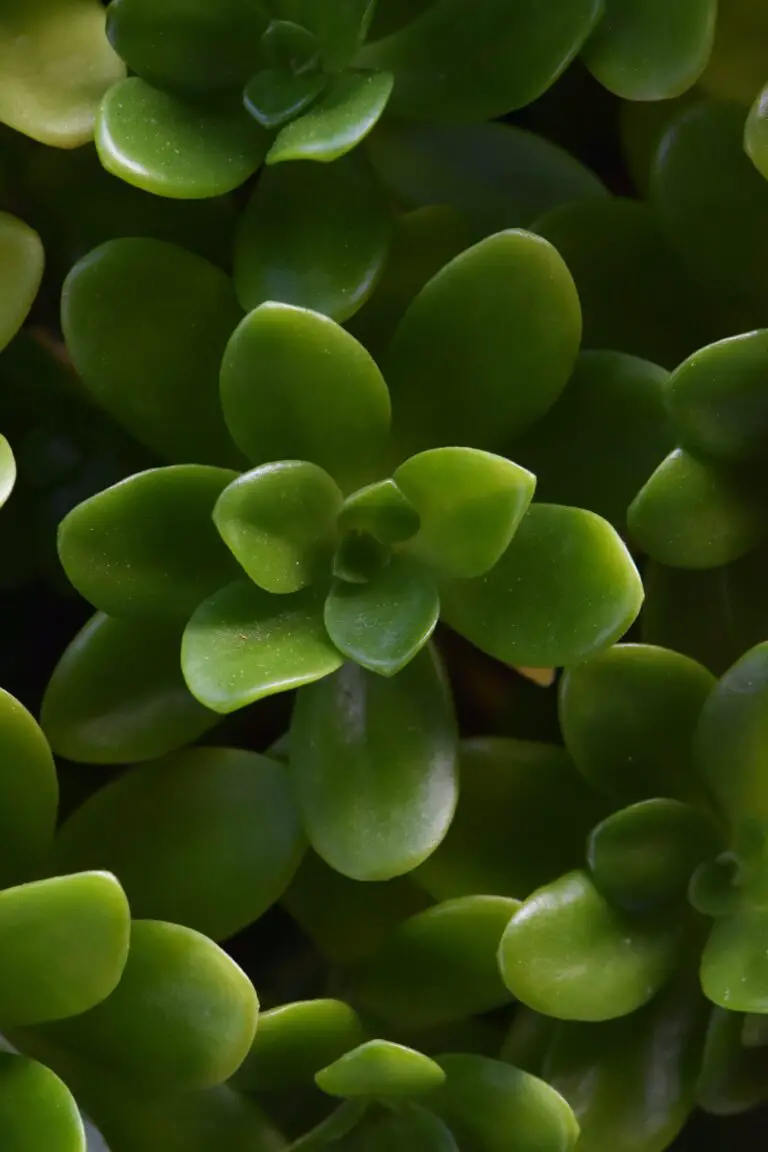
Designing with Sedum: Landscaping and Indoor Display Tips
Envision a landscape where the lush textures and diverse hues of sedum varieties take center stage, transporting onlookers to a serene, verdant oasis. Sedum, a member of the succulent family, offers a tapestry of possibilities for gardeners and indoor plant enthusiasts alike, thanks to their hardy nature and aesthetic appeal. To infuse your living spaces with the beauty of these versatile plants, let’s delve into some creative suggestions that will elevate your greenery game.
When it comes to outdoor landscaping, sedum shines as a low-maintenance yet striking groundcover. Imagine a garden path lined with the silver-blue foliage of Sedum reflexum, each step releasing a subtle, earthy fragrance. Pair it with taller succulents like agave or the dramatic spiky leaves of aloe vera, and you’ll achieve a compelling contrast that catches the eye and captivates the spirit.
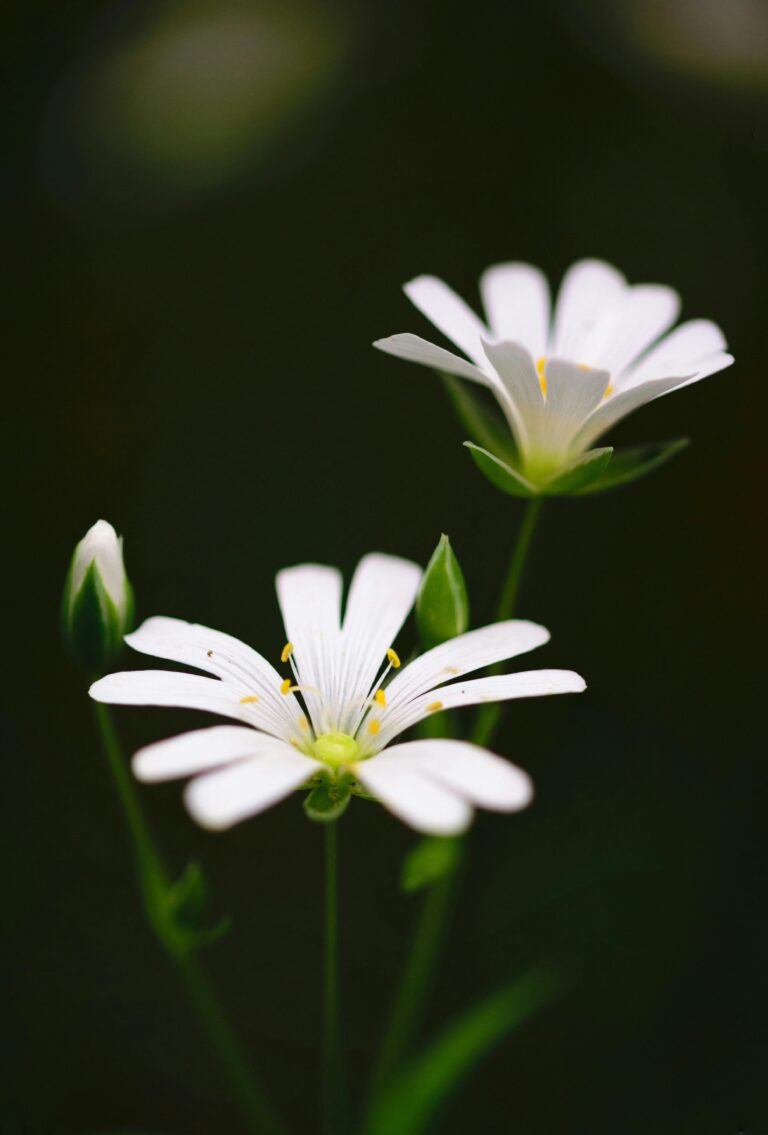
Indoors, sedum plants can be the crown jewel of terrariums or the focal point of whimsical succulent arrangements. Opt for a glass bowl terrarium and nestle a variety of sedum, each with their unique foliage colors ranging from green to burgundy. Accentuate the display with pebbles, moss, and driftwood to create a miniature landscape that reflects the beauty of nature’s artistry. These verdant vignettes bring the outdoors in, setting a tranquil mood in any room.
Incorporating sedum into your living spaces isn’t just about beauty; it’s a testament to the adaptability and resilience of succulents. Whether you drape Sedum morganianum, also known as burro’s tail, from hanging pots or use Sedum spurium to add a touch of greenery to your workspace, these plants adapt to their surroundings while requiring minimal care. Their dense, water-storing leaves make them a wise choice for gardeners seeking fuss-free plants that still offer a stunning visual impact.
Let your creativity run wild by using sedum to craft a living wall. A vertical garden can transform an ordinary fence or wall into a lush, living artwork. Employ a variety of sedum species to design patterns and textures that change with the seasons, creating a dynamic and ever-evolving display that’s as robust as it is beautiful. Not only is this a striking design feature, but it also contributes to better air quality and creates a habitat for beneficial insects.
Embrace the diversity of the sedum family by mixing and matching these succulent gems in your garden beds or indoor pots. From the star-shaped flowers of Sedum telephium to the cascading habit of Sedum sieboldii, each variety brings its unique character to the table. By thoughtfully curating your collection, you can design spaces that are both aesthetically pleasing and ecologically sound, celebrating the astonishing variety within the sedum genus.
Frequently Asked Questions
Is there a green thumb debating society out there? Because if there is, one of the hottest topics might just be: “Are Sedum and Succulents the Same?” Let’s put this question to bed once and for all. Sedum, also known as stonecrop, is actually part of the succulent family! That’s right, they’re like cousins in the plant world. But not all succulents are sedums – think of it as a square-and-rectangle situation.
What’s the scoop on sedum? These little green troopers are the MVPs of rock gardens. They have this amazing superhero ability to store water in their fleshy leaves, stems, or roots, which makes them a top pick for xeriscaping and low-maintenance gardens. And when it comes to cocktail party facts, did you know that Sedum roofs are a thing? They’re living, breathing insulation for buildings!
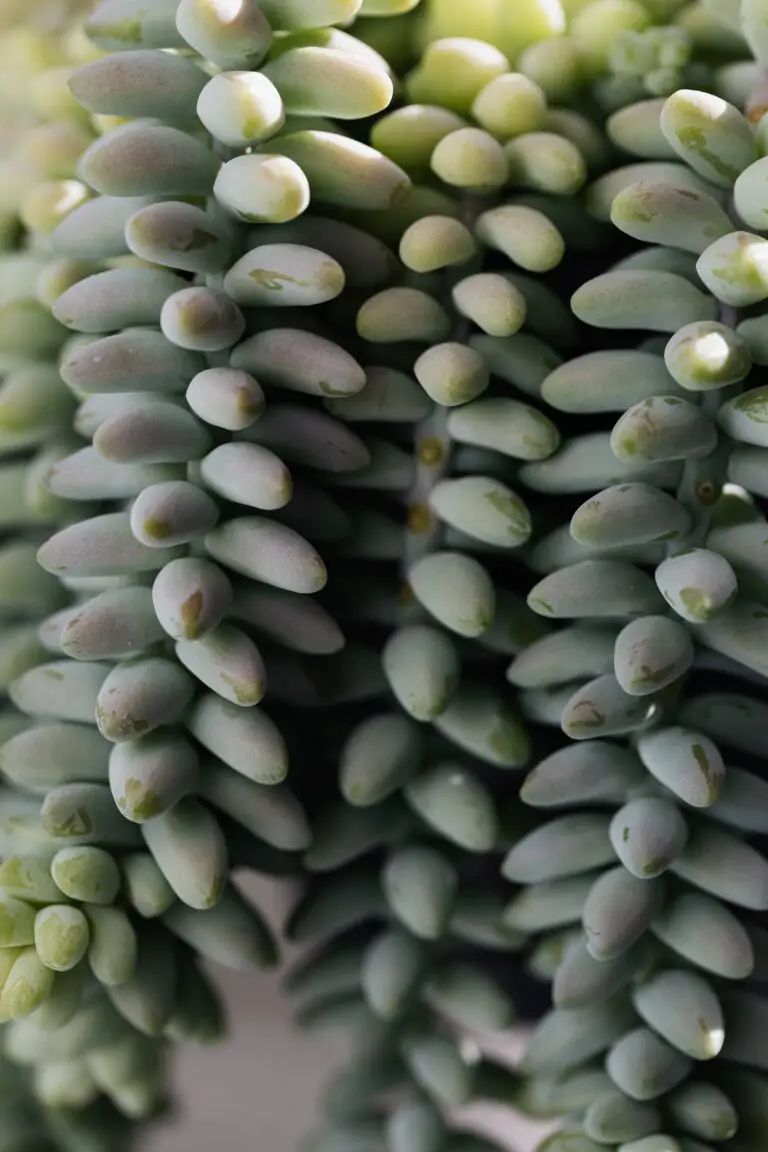
Let’s talk shop about succulents. What ties the whole succulent family together is their drought-dodging talent. Whether it’s aloes, agaves, or our pal sedum, they can all survive in climates that would make other plants throw in the trowel. But, just like people, every succulent has its own personality and needs. While sedum is cool with cold weather, other succulents might prefer the balmy beach breeze of a coastal climate.
So, you’ve adopted a sedum – now what? These aren’t high-drama houseplants. You can forget about them for a bit, and they won’t hold a grudge. Place them in a spot with ample sunlight or partial shade, and water them when they tell you they’re thirsty – which isn’t very often. The soil should be well-draining; think sandy loam that doesn’t trap a rainstorm. Pamper them too much, and you’ll send them to the plant afterlife. In other words, sedum care is a cakewalk!
Caring for sedum and its succulent siblings doesn’t have to be a complex calculus equation. Remember, they love to soak up the sun and aren’t fans of wet feet. Keep those basics in mind, and you’re on your way to being a succulent-savvy gardener. And the next time someone asks if sedum and succulents are the same, you can drop some knowledge bombs and share the lowdown on these resilient, water-wise wonders.



